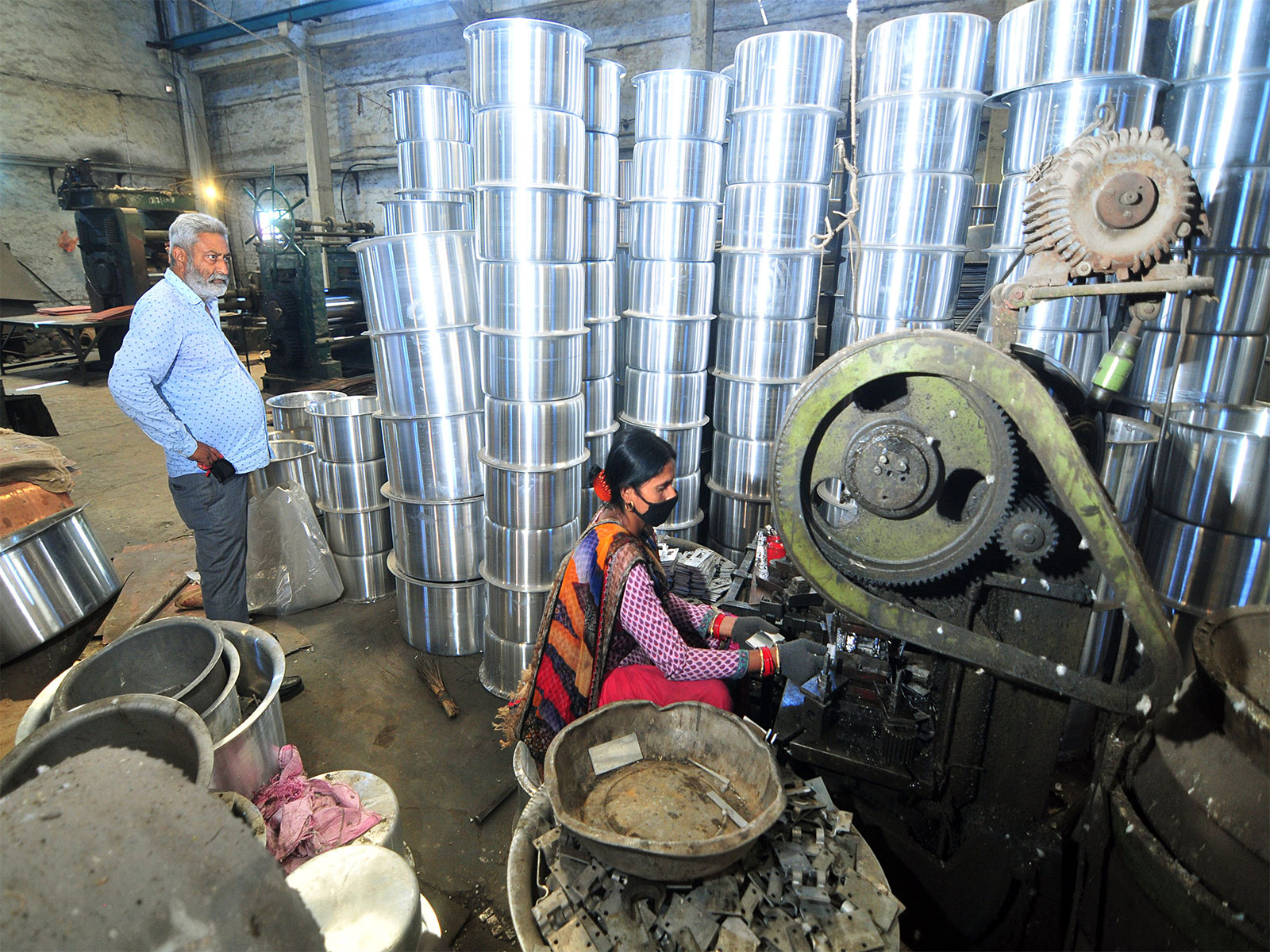GST Reforms Spark Economic Uplift Across Artisan Sectors
Recent GST rate changes promise economic relief for key sectors like handicrafts, textiles, and food products. Expected benefits include lower consumer costs and enhanced competitiveness for MSMEs, notably in Uttar Pradesh's export clusters. Artisans and manufacturers anticipate improved profitability, bolstered by tax cuts across diverse industries.

- Country:
- India
The newly implemented Goods and Services Tax (GST) rationalisation is delivering broad economic benefits across essential sectors such as handicrafts, food products, and industrial goods. A government statement on Thursday highlighted these reforms' potential to reduce consumer costs while boosting margins for artisans and small enterprises, particularly in Uttar Pradesh's critical export areas.
In carpet-rich regions like Bhadohi-Mirzapur-Jaunpur, tax reductions from 12 to 5 percent are making handmade carpets more affordable by 6-7 percent. This adjustment is projected to ease financial pressures and enhance export competitiveness for over 100,000 loom operations reliant on weaving, dyeing, and finishing activities.
Extended relief is also seen in Agra's marble inlay crafts and Moradabad's brassware industry, each set to experience increased demand and reduced retail prices. The leather sector, pivotal to over 1.5 million workers across Kanpur, Agra, and Unnao, finds new competitive edges thanks to significant tax cuts on footwear.
With similar changes anticipated for Firozabad glassware, Gorakhpur terracotta, and more, the government anticipates these reforms will underpin artisan livelihoods, fortify MSMEs, and drive export prowess.
ALSO READ
Uttar Pradesh Achieves Remarkable Drop in Crime Rate in 2023
Altercation in Uttar Pradesh Jail: No Conspiracy, Says Administration
Uttar Pradesh Pioneers Automated Pension Benefits for Seniors
Uttar Pradesh Governor Emphasizes Leader's Enduring Ideals
Navratri 2023 in Uttar Pradesh: A Blend of Tradition, Devotion, and Unity










